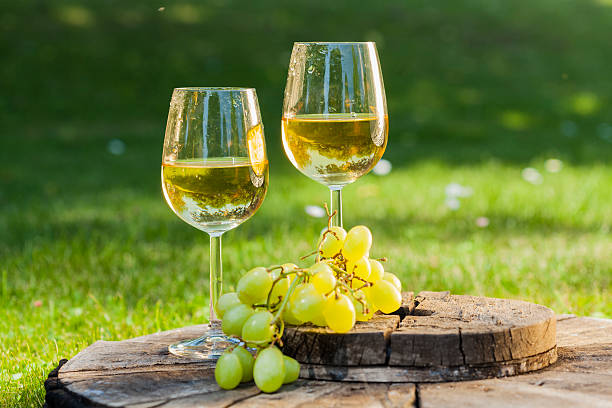It is loved widely for a reason.
Sauvignon blanc is a well-known and loved white wine grape. This widely-planted variety is well-known for its high acidity citrus-driven flavors and is the foundation of many zesty, thirst-quenching wines worldwide. It is important to understand its subtleties, especially where it was grown and how it was vinified, as well as what you can expect from the wines it produces.
What is Sauvignon Blanc?
Sauvignon blanc is a French green-skinned grape variety. The French words for white (blanc) and wild (Sauvage) are likely the grape’s names. Sauvignon blanc can be called blanc fume (muskat-silvaner), sauvignon jaune (sauvignon jaune) and many other names. It is one of the most popular grape varieties around the globe.
Where does Sauvignon Blanc come from?
While sauvignon blanc is a native of France’s Bordeaux/southwest region, it is now more common to find the grape in Australia, Chile and New Zealand.
What foods should I pair with Sauvignon Blanc?
Sauvignon blanc is a great pairing for a wide range of foods due to its high natural acidity. Its green undertones are a great match for “hard to pair” dishes like asparagus and green salads, and other crisp vegetables. Sauvignon blanc pairs well with a few soft cheese, especially fresh goat’s cheese.
Domaine Philippe Tessier Cheverny Blanc
The natural-wine world has made Tessier wines the sweethearts, and it’s not surprising why. These intense, laser-like wines are well-known for their crisp acidity and well-structured flavors. Tessier currently produces two Cheverny Blanche wines. This one is from younger vines. It contains 80% sauvignon Blanc, 15% Chardonnay, and 5% Orbois. The wine has a slightly saline finish thanks to the lemon rind, apple blossom, peach skin, yeast, and lemon rind.
Elizabeth Spencer (Special Cuvee)
Sancerre is the king of sauvignon blanc production. Domaine Vacheron’s vineyards can be found in the eastern portion of the appellation. Here, flinty soils have been smattered with clay and limestone. The entry-level Sancerre is made from organically and biodynamically grown fruit. It is fermented using native yeasts before being aged in a tank for four months. You can expect classic flavors like green apple, grapefruit, juicy grapefruit and wet stones, as well as flint.
Domaine Vacheron Sancerre Blanc
This white wine is made in Mendocino County’s heart. It comes from 37-year old vines that have been organically farmed for the last 15 years. The wine’s medium-bodied body bursts with grapefruit rind, stone fruit and minerals that lead to a fresh, citrus-driven finish. The wine’s structured mouthfeel is enhanced by sur-lie aging, adding texture and complexity.
Francois Chidaine Sauvignon Touraine
Francois Chidaine, a second-generation family-owned winery, is located in Montlouis-sur-Loire. It is known for its affordable wines made from biodynamically grown fruit. This Touraine sauvignon blanc is made from grapes grown in clay-limestone soils. The grapes are fermented in stainless steel with native yeasts before being aged in sur-lie. This wine has vibrant and lively flavors, including citrus, tart apples, crushed rocks, white flowers, and other fresh fruits.
Massican
Dan Petroski, a winemaker legend, created this fruit-driven, juicy sauvignon blanc. It is undoubtedly one of the finest expressions of the grape that California has today. This Napa expression is inspired by the great Sauvignon Blancs of northern Italy and has green apple, lemon verbena, and white pepper flavors. It is aged in a mixture of stainless steel (75%) and neutral French oak (25%) for six months.
Nautilus
This high-quality expression will surprise you, even though New Zealand is known for its uniformly-flavored, grassy sauvignon blanc. This delicious wine is made from night-harvested fruit in stainless steel. The wine is then aged for five months on the les to add creaminess to the crisp, zesty palate. The wine has a long finish thanks to the flavors of guava and lime blossom, and acacia.

